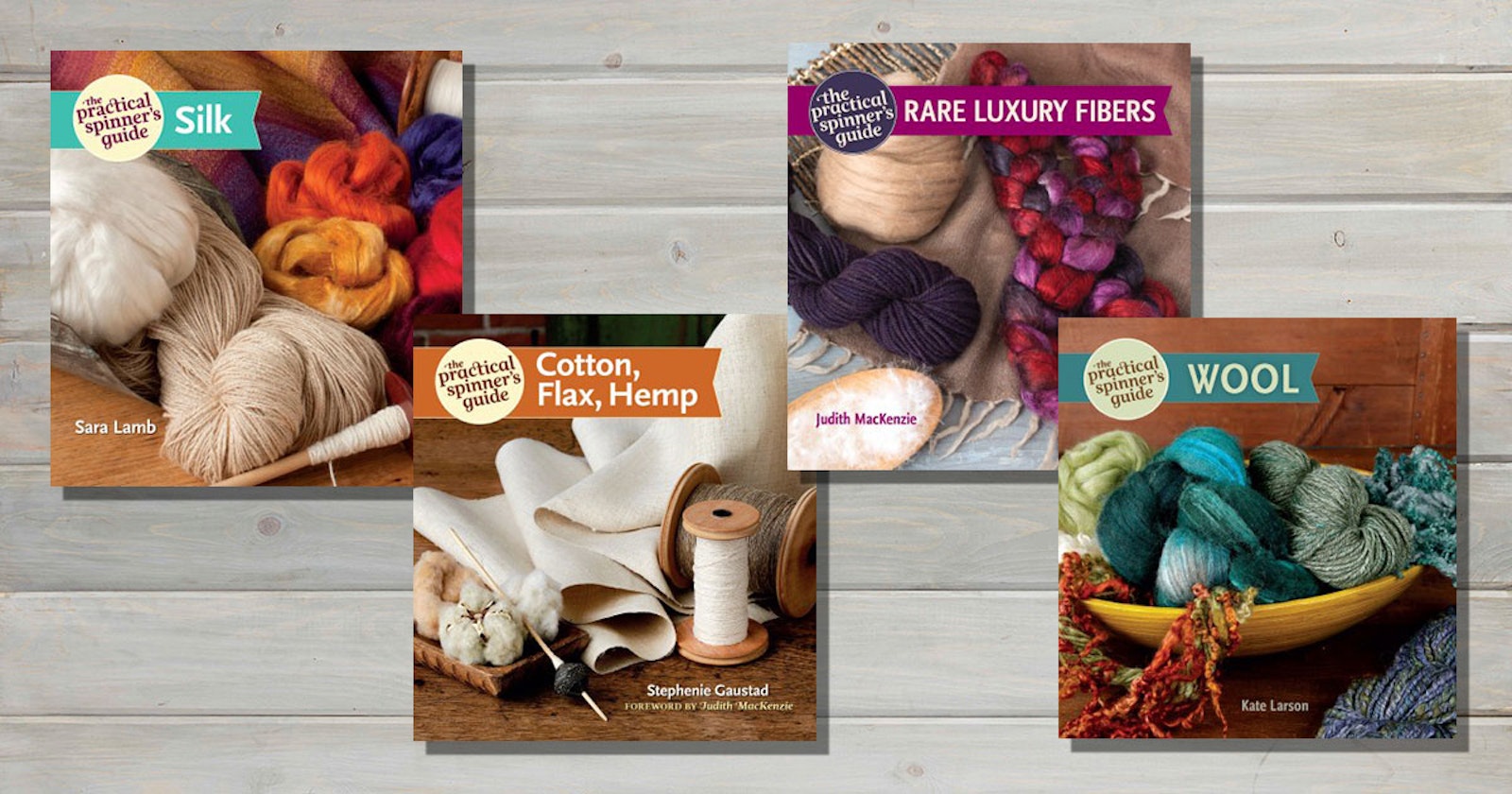One of the joys of spinning yarn, just one, is the sense of continuity and timelessness it embodies. The fibers run through your fingers, and you can hardly help but reflect on the multitudes of spinners who have gone before you, doing just what you are doing. That’s the macro view.

Spindles have gone topsy-turvy in the last 15 years. Photo by Joe Coca from Respect the Spindle by Abby Franquemont.
On a more micro level, though, things do change. Just look back at the past fifteen years or so of_ Spin-Off_ and see what you can see in that short period of time. Here are some observations, both blanket and arguable:
The rise of the handspindle. Not that it had ever declined in other parts of the world, but among our readers, there was only modest interest in, say, 2001. Spin-Off published articles, and even a collection of articles, but the handspindle (please do not call it the drop spindle) was not the mechanism of choice for making yarn. Now? Wherever spinners gather, and even where they do not, people are pulling spindles out of their tote bags and making yarn. Manufacturers are making beautifully crafted, artful, and even fantastical versions, and spinners are collecting them. They have become a Thing, as they say.
The rise of the topsy-turvy handspindle. The high-whorl handspindle. This is a subset of the above. Priscilla Gibson-Roberts claims credit for popularizing this version, and indeed many folk find it easier to spin on for a variety of reasons. Just read your magazine.
The decline of mohair. Okay, you goat people, rise up and object! But I know that Spin-Off had far more submissions of articles and projects using this elegant fiber a decade or so ago than we do today. Likewise flax. (I’m sitting at my computer dodging brickbats.) Stephenie Gaustad’s newish book, The Practical Spinner’s Guide: Cotton, Flax, Hemp, marks a swing back in the other direction on flax, as well it should.
The proliferation of named drafting techniques. Used to be, there was woolen and worsted. Now there are short forward draw and long backward draw and short backward draw and spinning from the fold and parking and drafting and that’s not all. Drafting hasn’t really changed that much, actually. Just how we pick it apart and talk about it.
Breed mania. This would include a mania for endangered breeds, for which I credit Spin-Off editor emerita Deb Robson. I have seen people practically riot at markets to get their hands on Bluefaced Leicester or Lincoln Longwool or Jacob or some other relatively rare and desirable kind of fuzz. Once upon a time wool was simply excellent or cruddy or somewhere in between.
So that’s what I’ve observed in this rapidly pacing 21st century. How about you?

Linda Ligon Founder, Interweave

